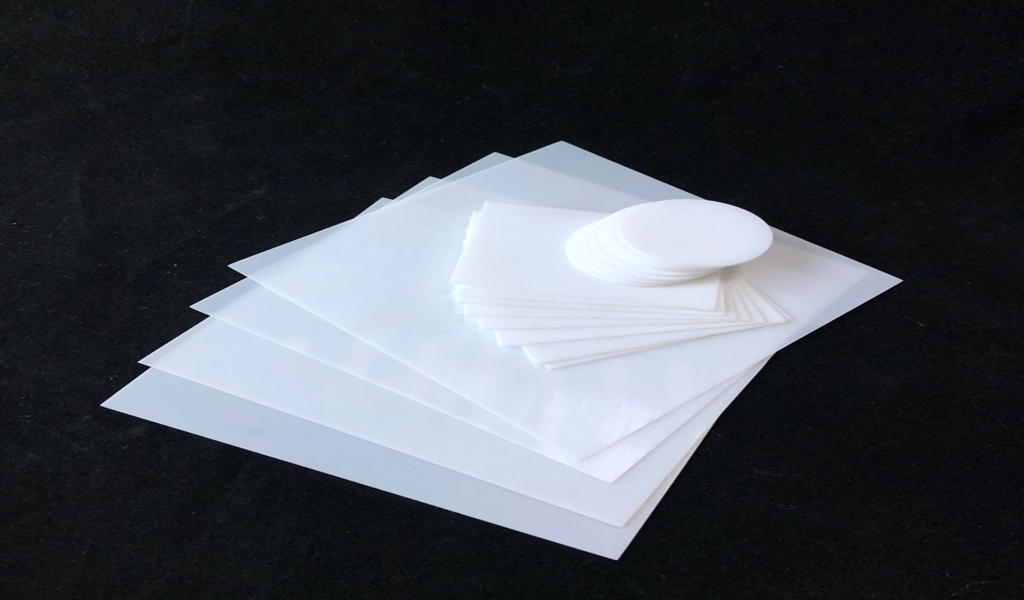Industrial ceramic rods have been widely used now, and are involved in military, aerospace, industry, etc., mainly zirconia ceramic rods and alumina ceramic rods, so what are the advantages of each of them? Pintejin Ceramics Factory will explain it to you.
The high temperature resistance of alumina ceramic rods can reach more than 1700 degrees, and it has good conductivity, mechanical strength and surface high temperature. Alumina ceramic rods are widely used in various fields such as electronic, electrical and mechanical accessories. Zirconia ceramic rods have better grinding performance and high hardness, high compressive strength and high density of more than 6.0. The biggest advantage of zirconia ceramics is that its toughness is very good. Zirconia ceramic rods are mainly widely used in motor shafts and motors. Shafts, grinding, needle gauges and other fields, especially ceramic center rods are used in the field of political heat products, replacing traditional stainless steel center rods.

Processing characteristics of zirconia ceramic rods:
- 1. After the ceramic rod is sintered, the surface of the ceramic rod is very rough. It needs to be polished by centerless grinding and grinding equipment. The polished ceramic rod can achieve the effect of atomized mirror surface.
- 2. Ceramic rod chamfering Ceramic rod chamfering is divided into 45 degrees, 60 degrees, 90 degrees, with grinding wheel, the ceramic rod can be chamfered at different angles;
- 3. Slotting ceramic rods Ceramic rods can be grooved on one side or on both sides! It can be grooved according to different customer requirements;
- 4. Ceramic rod straightness machining The straightness of the ceramic rod is related to the length of the ceramic rod. The longer it is, the easier it is to bend. Generally, the straightness of the 100mm long ceramic rod can be controlled at 0.1mm, and the straightness of the 300mm length is 0.3mm.
[wp_reusable_render id=2239]
